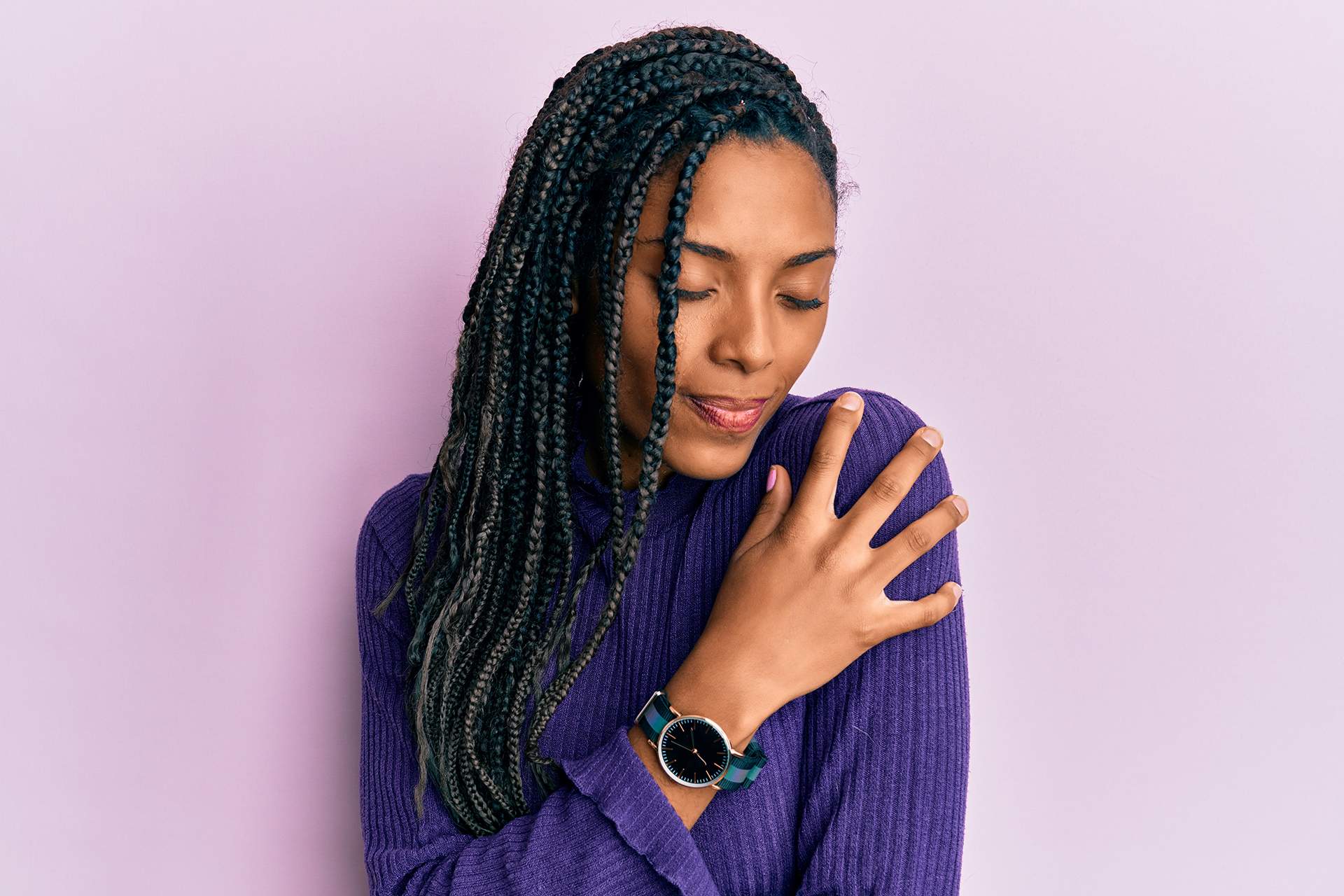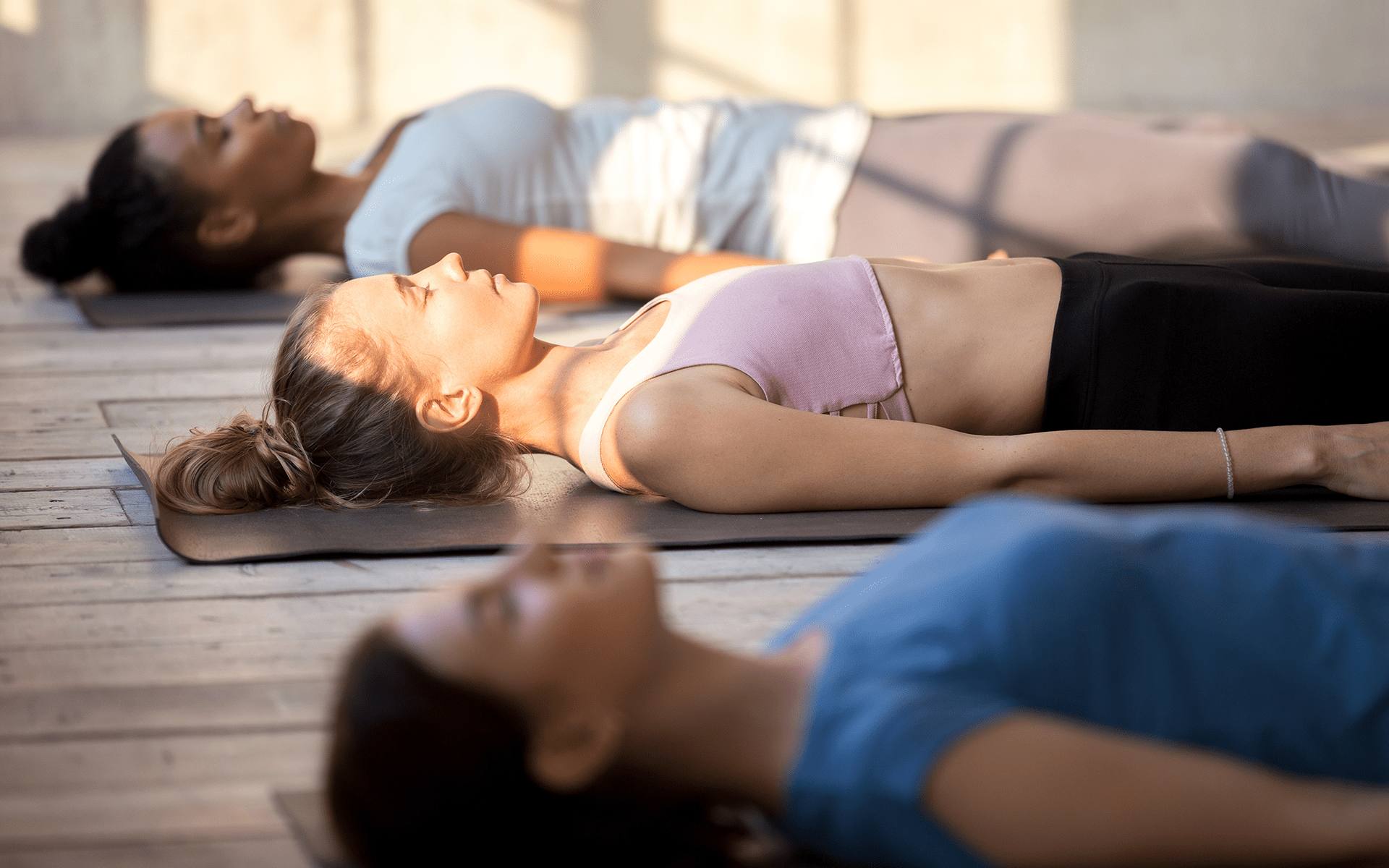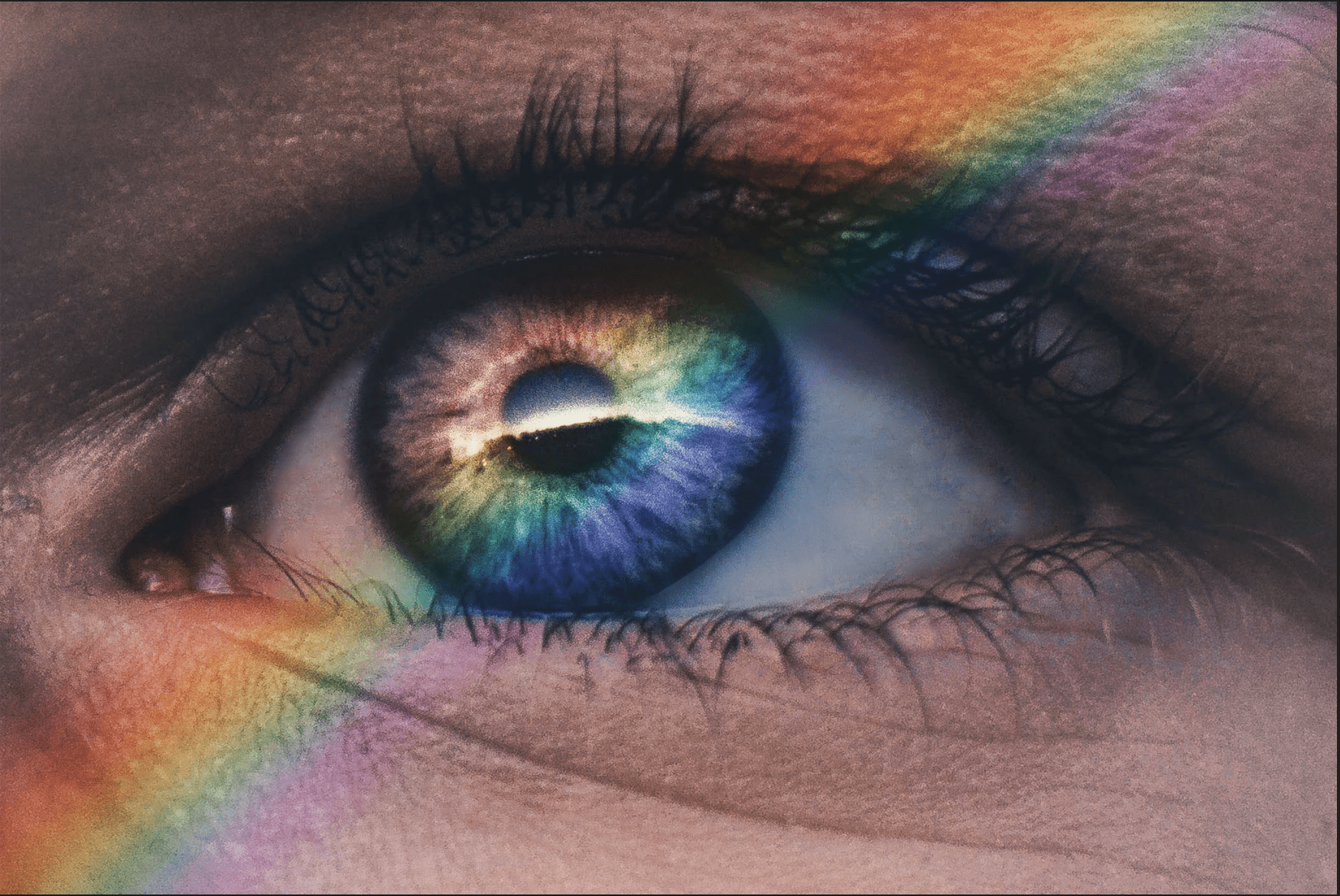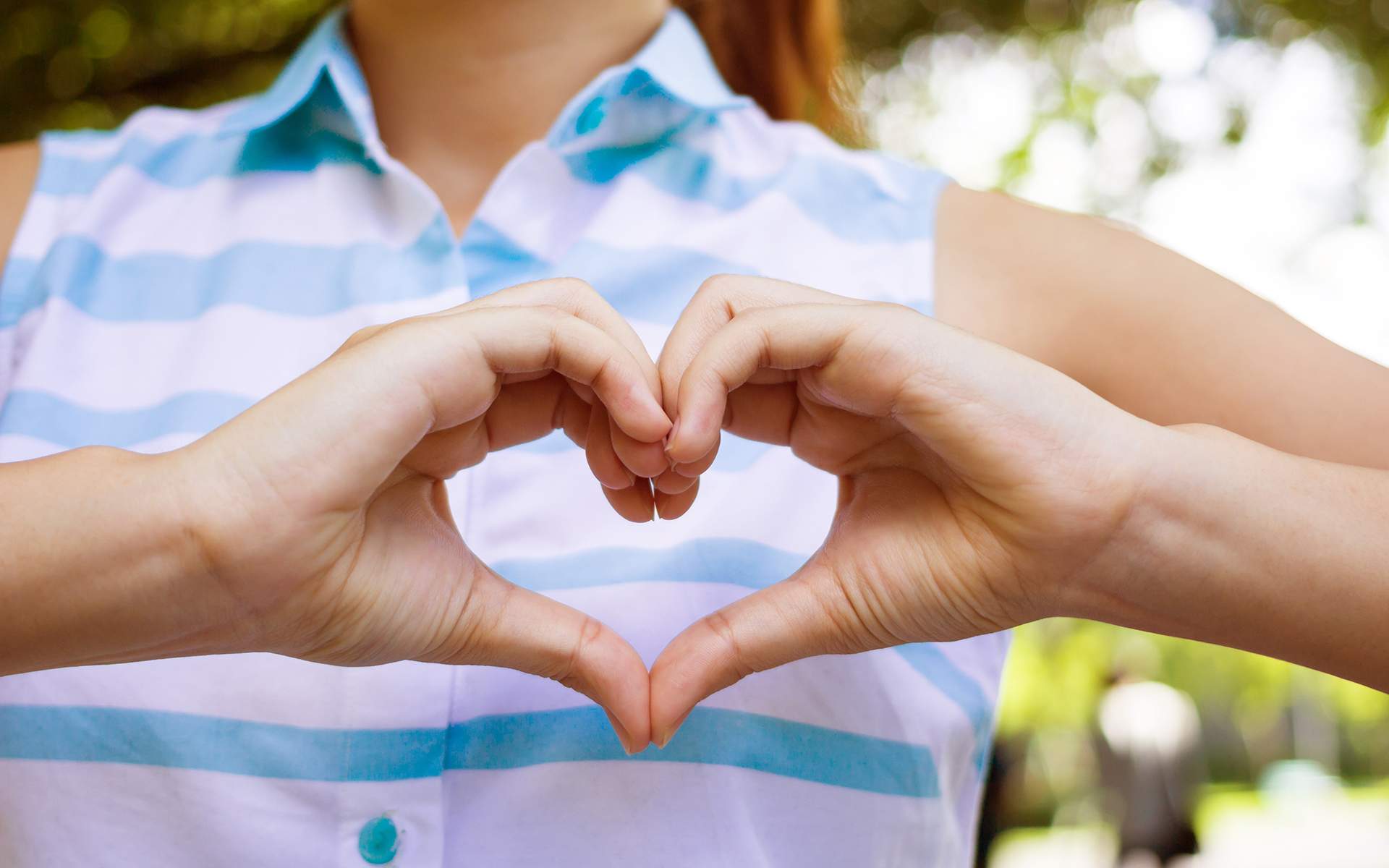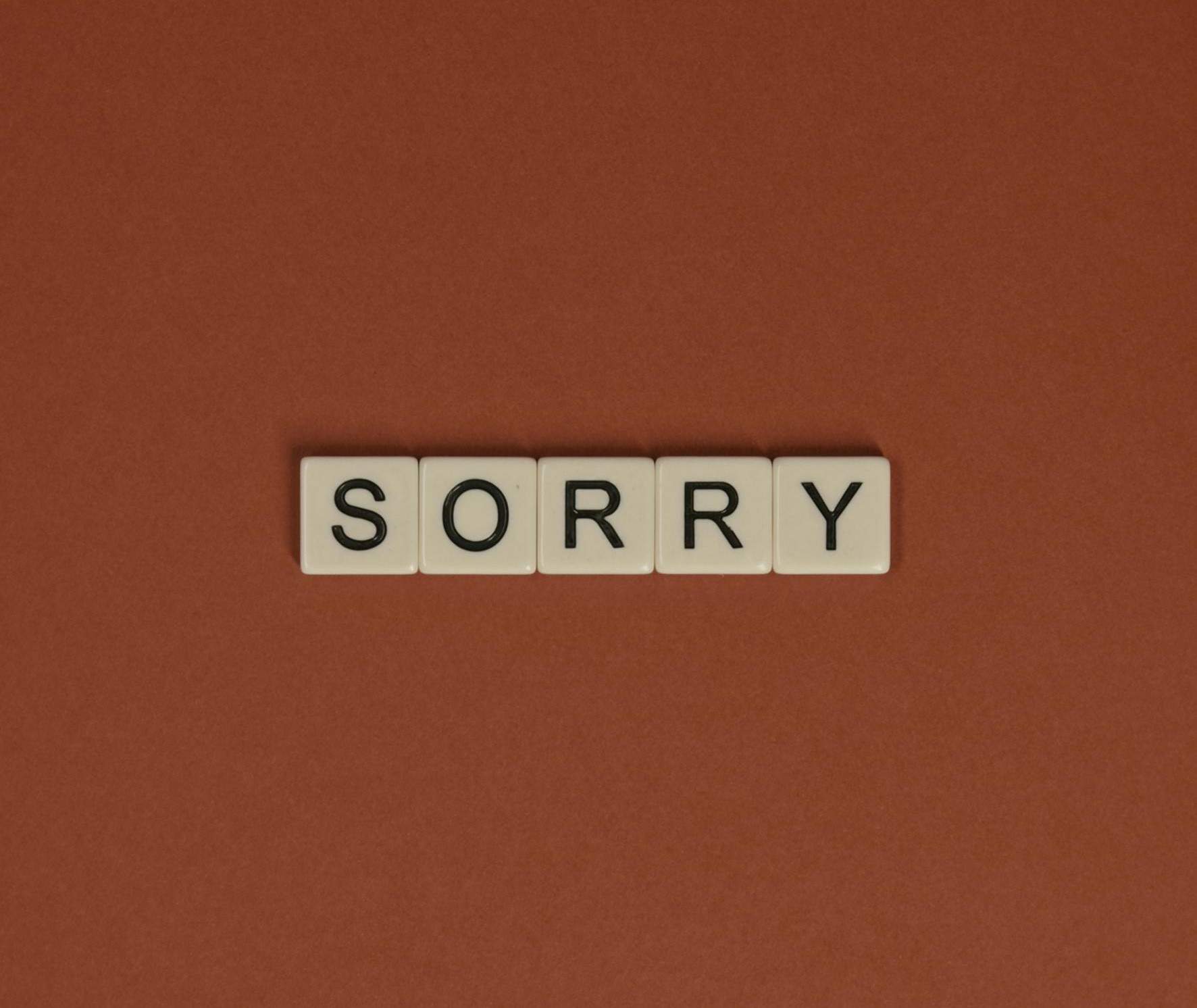Dr. Lisa Feldman Barrett’s work on how the brain predicts everything we do—how it’s creating our perceptions of reality—helps us see how we cocreate the conditions that we are all trying so desperately to transform. When the brain predicts what’s going to happen next, it’s pulling from a narrow data set called our life experience. Or, more specifically, the conscious and subconscious imprint of our life experiences—that’s what colors our perception of the world, other people, ourselves, and our relationships. And we carry the information from all of our life experiences in our bodies, at the cellular level.
Mindfulness is a critical practice that allows us to skillfully navigate the world by becoming more aware of the information our brains use to predict our social and affective realities when we tune in to our bodies.
There’s wisdom in the body that we can benefit greatly from if we cultivate our awareness to notice it and access it. That’s why mindfulness is a critical practice that allows us to skillfully navigate the world by becoming more aware of the information our brains use to predict our social and affective realities when we tune in to our bodies.
A Practice for Creating a Body Map of Emotions
- I like to help people create a body map that reveals how their life experiences are stored in their bodies. I start by inviting people to think of an emotion. The one I usually pick is love. I invite people to bring a person forward whom they really love, and then I ask them to pause, as they’re thinking about that person, and bring their attention to the body to notice what they are feeling: Are there specific locations where you notice something? What type of sensation do you notice in that location? Is it tingling? Is it warmth? Is it tightening, or is it blossoming like a flower? Is it neutrality?
- Next, we turn our attention to the quality and nature of our thoughts while we’re thinking of this person we love: What’s the accompanying narrative or story? We usually think things like: They’re amazing, they’re brilliant, they’re so sweet. Or, perhaps, we are reflecting on how they are suffering in some way and we wish to help alleviate it. Then, after this reflection, I invite them to take a piece of paper and mark all of that sensory information on a silhouette of the human body, and label it “love.” And then we pick other emotions like frustration, anger, joy, or fear, and we create body maps for those emotions as well. In this way we can begin to understand the wisdom held in our bodies: where it sits, what it feels like, and what thoughts are associated with it.
- Armed with this information, you can use it to check in with your body and mind any time of the day as you’re going about work, parenting, play, or anything else. For example, the next time you are in a work meeting, take a moment to do a quick body scan. Are your shoulders tight and hunched up by your ears, or are they relaxed and in a natural position? If you know from your body map that when you experience frustration you have corresponding sensations in your shoulders, that is a good first place to check in. When you do, you can ask yourself, Am I frustrated about something right now? You might be frustrated without being aware that you’re frustrated—but your body knows.
- One helpful and easy in-the-moment response could be to simply take three full, gentle breaths in and out with an intention to relax the shoulders and give your mind a moment to pause and reset. You can even accompany your breaths with an intention repeated silently to yourself—something like, “Breathing in, I do my best; breathing out, I reset.” By tuning in to your body’s wisdom, you are practicing mindfulness and self-awareness, both of which, in part, help you to more skillfully navigate life experiences and expand perceptions of your worldview and social realities.
READ MORE
Beginner’s Body Scan Meditation
Try this meditation practice to relax your body from head to toe.
Read More
How Are You Seeing The World?
The art of unhooking from your stories allows you to see what’s in front of you rather than seeing what you’re looking to see.
Read More
3 Guided Meditations to Deepen Into Loving-Kindness
Loving-kindness meditation can help us to awaken to how connected we all are. You don’t have to like everybody, or agree with everything they do—but you can open up to the possibility of caring for them.
Read More


